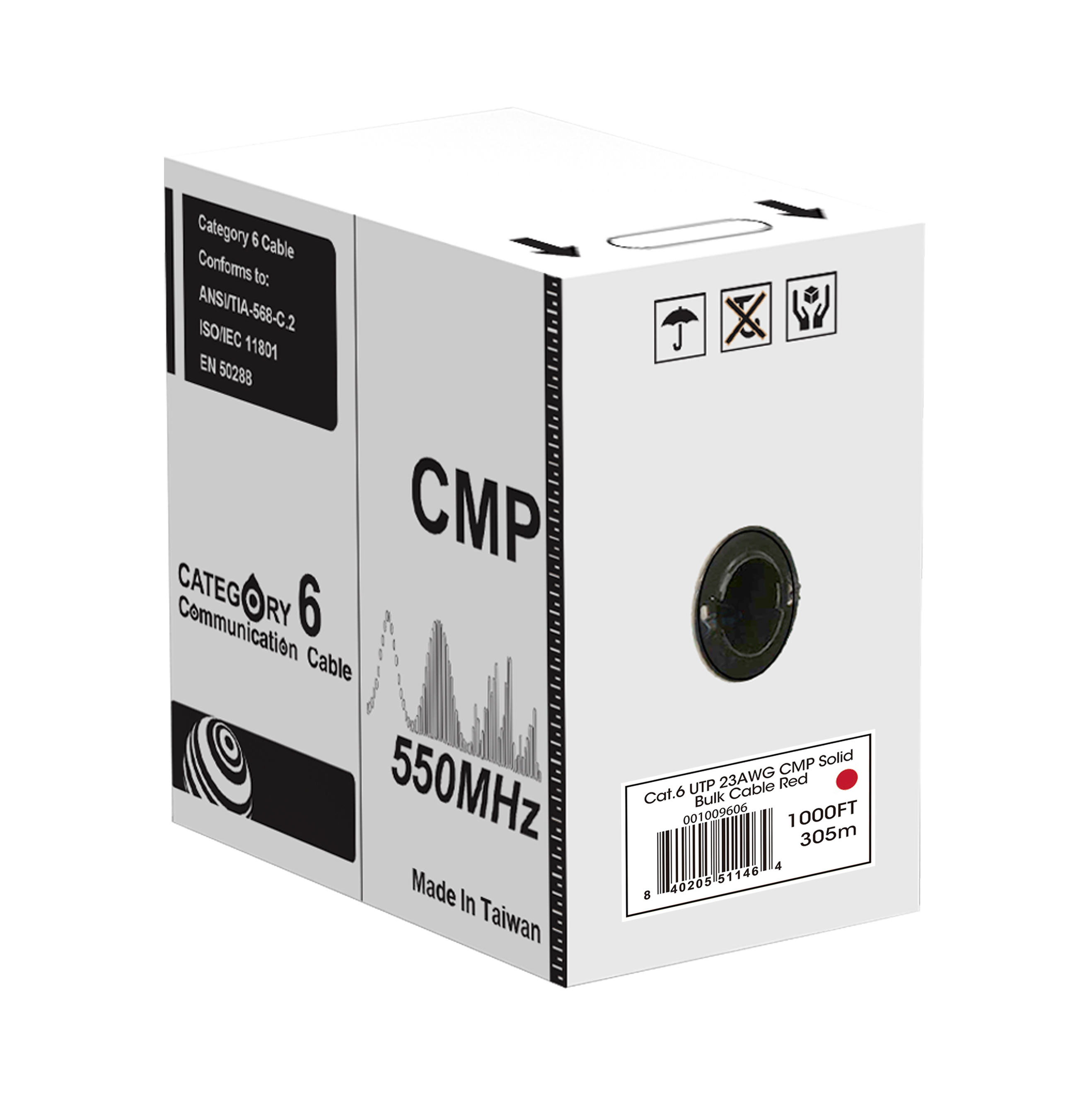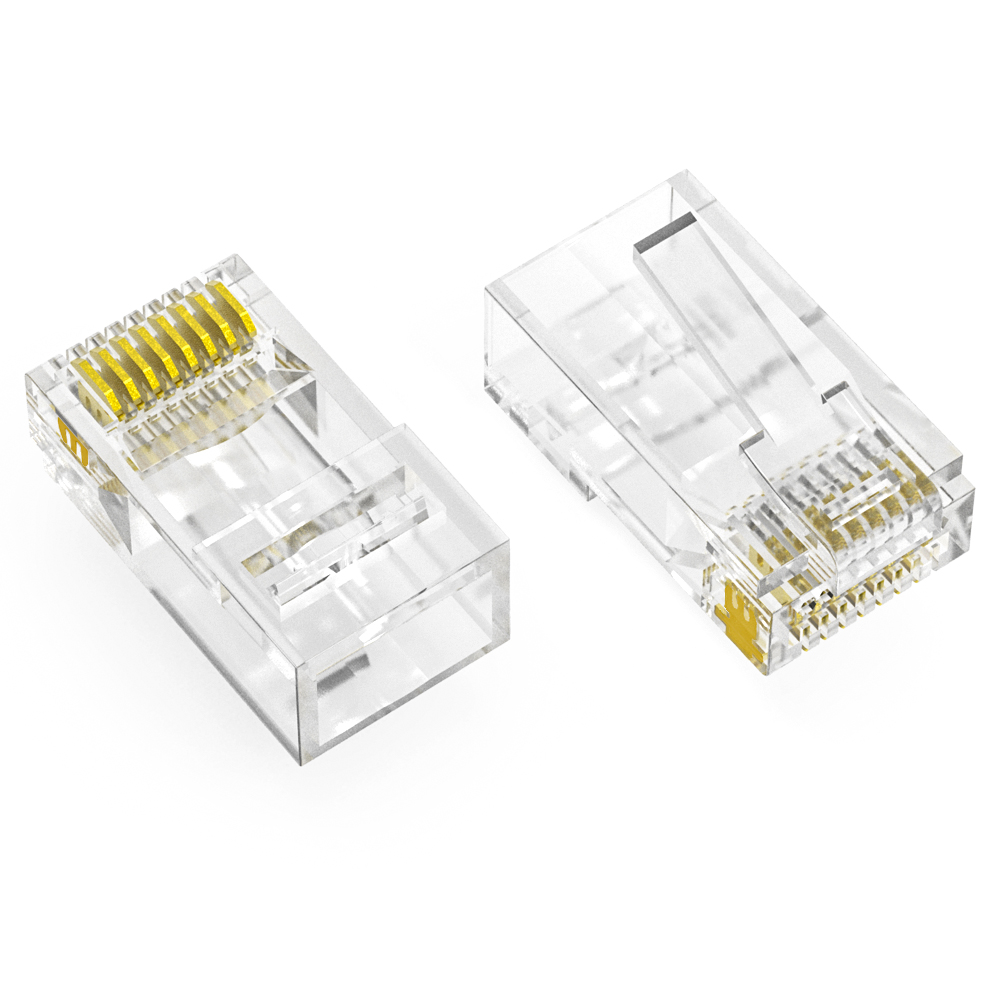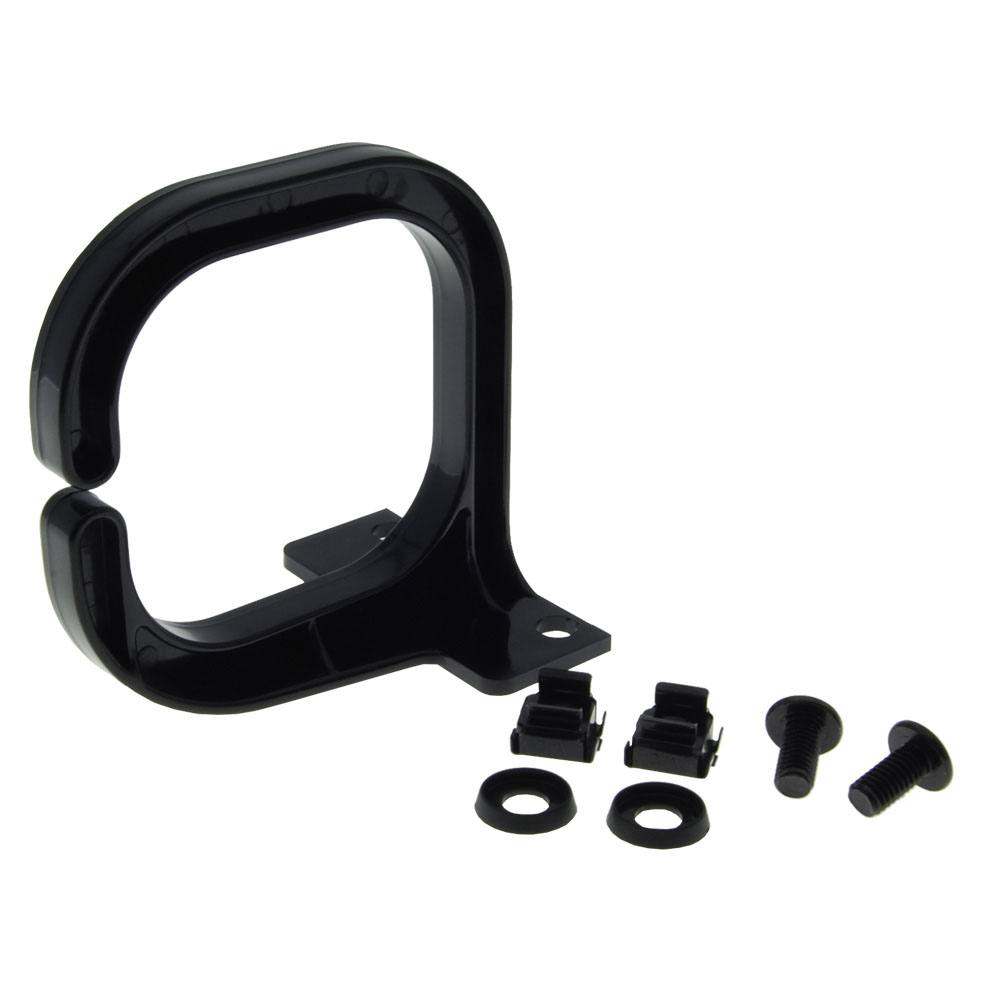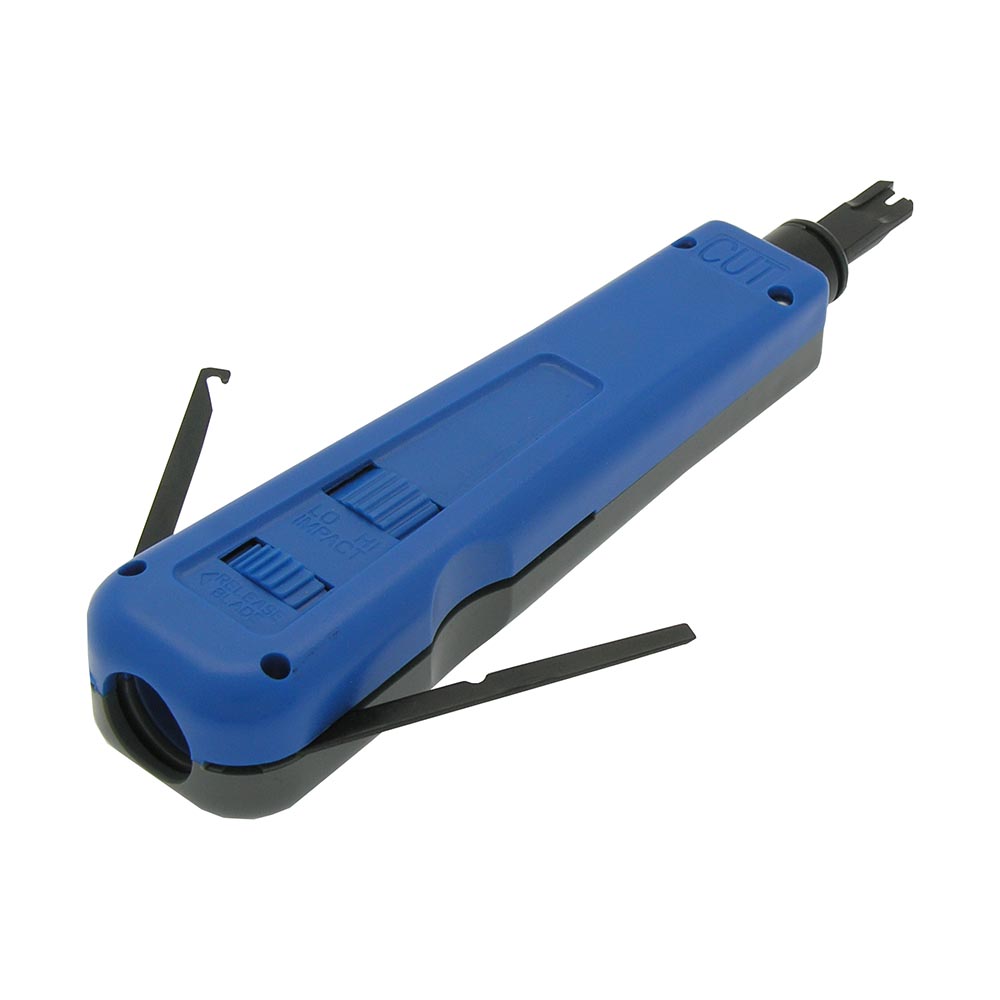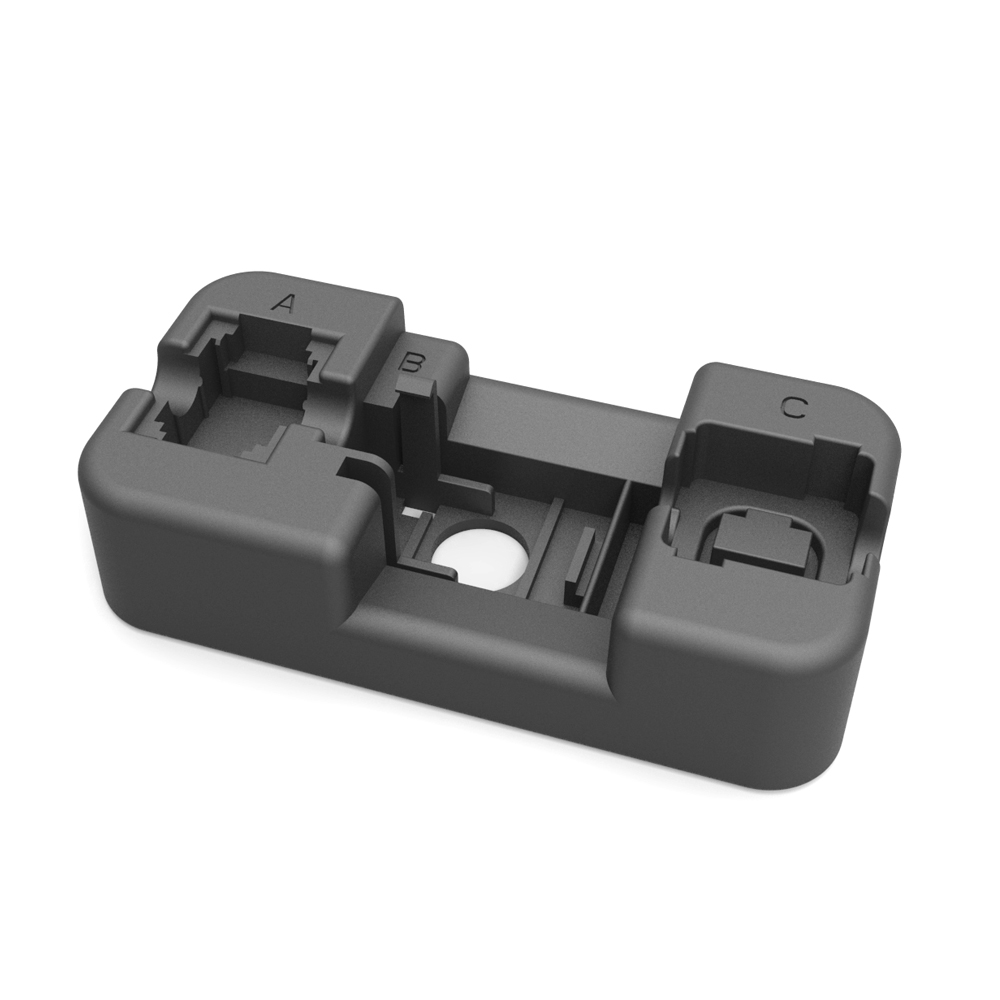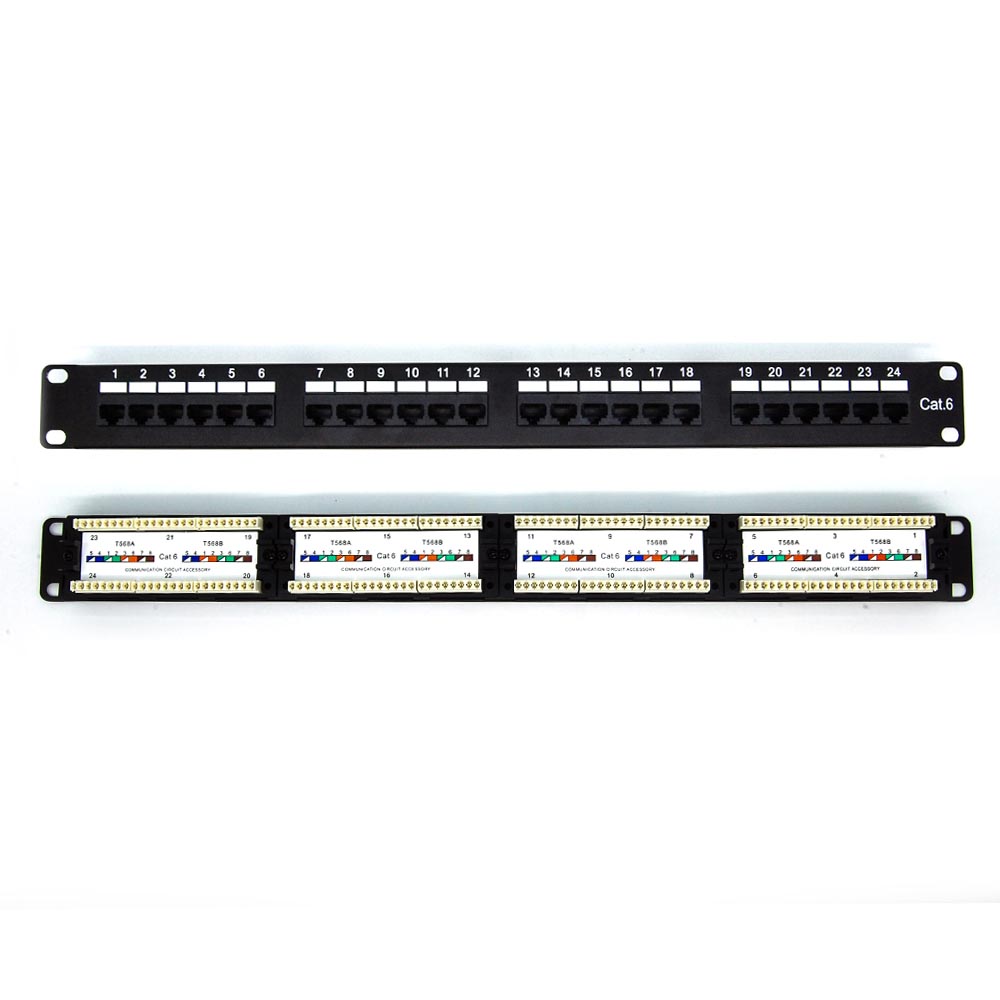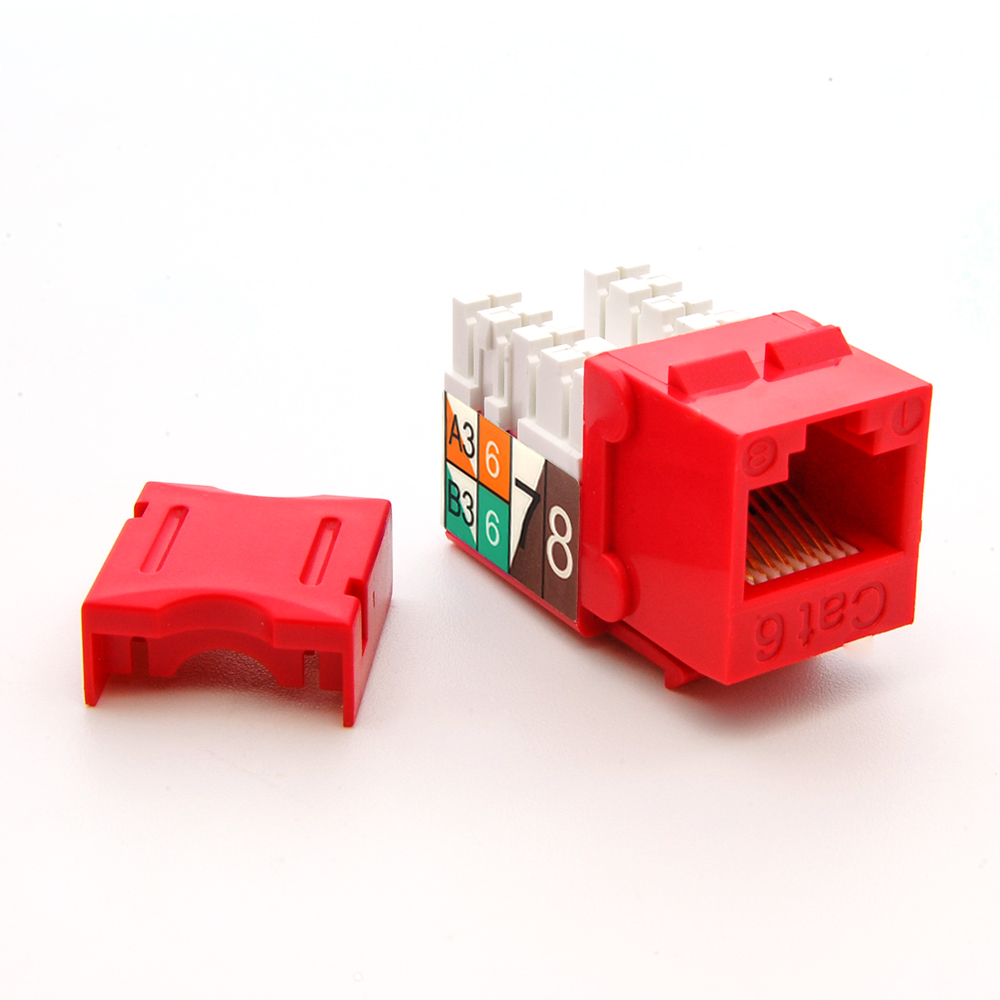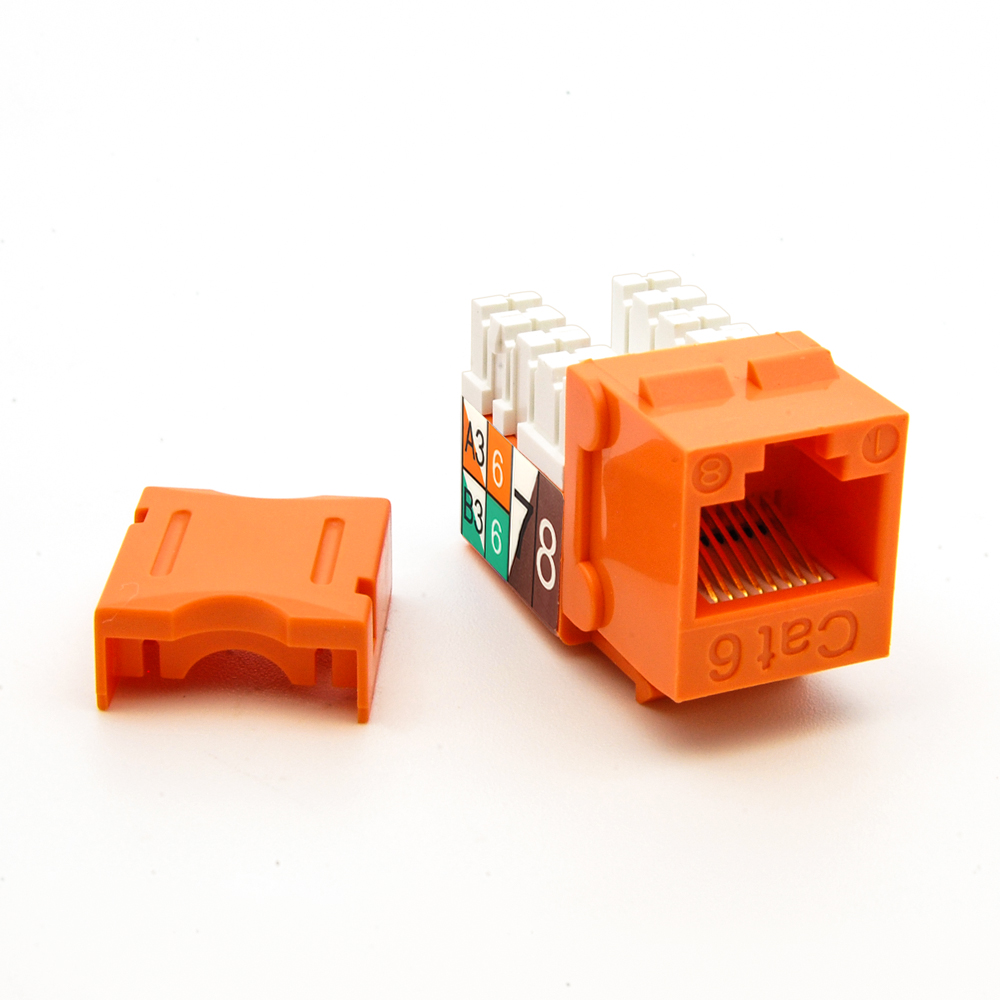Cat.6 UTP 23AWG Solid CMP bulk cable(red), 1000ft REELEX SKU: 100965RD

Warranty:
- 30-day money back guarantee
- 15% restocking fee after 30days.
- Safe SSL encrypted shopping
Description
Plenum rated Cat.6 cable has the same data transmission specifications as regular
Cat.6, but has a jacket that meets specific ANSI requirements for flame retardance
and low smoke production. If the building is involved in a fire, the Cat.6 Plenum
cable will not burn as easy as a standard PVC jacket, and will produce less
smoke than a typical Cat.6 cable if it does catch fire. It is generally used
in public building or HIPPA compliant office environments.
* 23AWG 4 pair
* 550MHz rated
* CMP rated
* ETL listed
* UL Listed
* RoHS
* Pull Box
Solid vs Stranded:
- Solid wire consists of one piece of metal wire.
- Stranded wire is composed of a bundle of thinner wires.
Pros of Solid Wire:
- Less expensive than stranded wire.
- Features a more compact diameter with the same current-carrying capability as stranded wire.
- Less likely to fail due to corrosion
Cons of Solid Wire:
- Typically only available in small gauges.
- Continuous flexing or vibration will cause the wire to fatigue and break.
- Commonly used for in-wall wiring where flexibility is not required.
Pros of Stranded Wire:
- Very flexible and can withstand a greater amount of flexing and vibration.
- Easier to route.
Cons of Stranded Wire:
- Diameter is larger with the same current-carrying capability as solid wire.
- More costly than solid wire.
- More likely to fail due to corrosion from capillary action and a high surface area.
  |  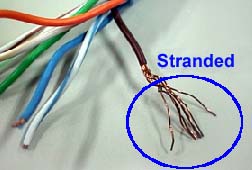 |
CMR: The 'R' in CMR is for 'Riser'.
- CMR type cables are engineered to prevent the spread of fire from floor to floor and are suitable for vertical shaft applications.
CMP: The 'P' in CMP is for Plenum.
- CMP cables are suitable for installation in ducts and plenums without the use of conduit. These cables are designed for fire resistance and will generate low smoke and toxin producing characteristics in the event of a fire.
CM/CMH/CMG: CM is used for general building wiring such as residential house.
- CM cables are used in areas where CMP or CMR is not required.

